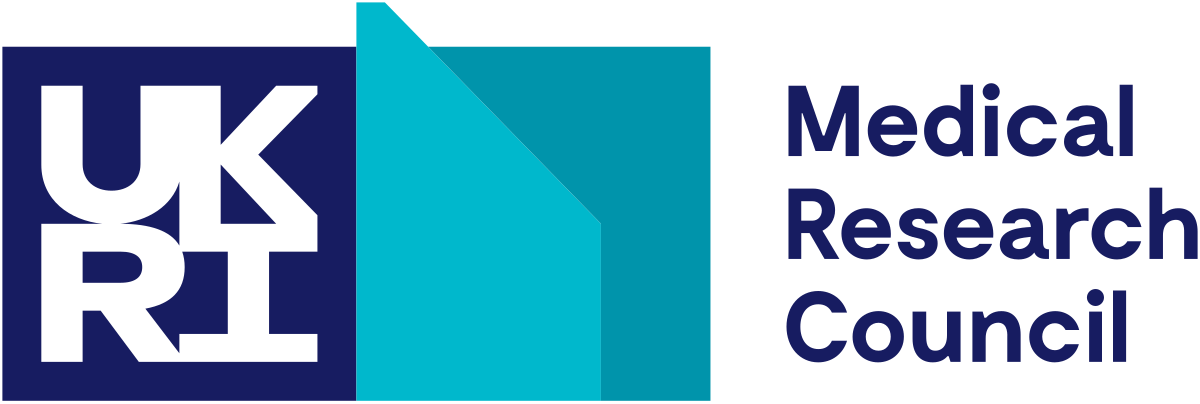Biography:
Aaran is a PhD candidate at the University of Cambridge in the MRC Toxicology Unit. In 2020, Aaran received a First Class BSc Honours degree in Medical Physiology and Therapeutics from the University of Nottingham in the School of Medicine, where his final year thesis explored the combined effects of non-invasive brain stimulation and robotic training for stroke patient neurorehabilitation.
From there, he pursued a Masters of Research in Translational Cancer Medicine at King’s College London where he graduated with a Distinction. During this time, he conducted research in Molecular Oncology and Cancer Nano-pharmacology. His projects included investigating the HGF/MET and EGFR signalling pathway's role in radio-resistance in head and neck cancer in the laboratory of Professor Mahvash Tavassoli and developing an in vitro blood-brain-barrier co-culture system for testing the efficacy of phase-shift sonoresponsive nanodroplets for glioblastoma treatment with Dr Maya Thanou.
Commencing his PhD in April 2022, Aaran is utilising advanced imaging and omics technologies with deep learning to investigate the nanoscale architecture and physiology of airway cells and how it changes in response to disease and toxicity with Dr Vito Mennella.
Research Interests:
The rise of global health threats, such as COVID-19 as well as the increase in air pollution, has dramatically emphasised the role that the airways play in protecting our health. Therefore, it is important we investigate the mechanisms of airway toxicity to develop better biomarker and therapeutic strategies.
Having trained as a physiologist prior to my postgraduate studies, I developed an understanding of how organs collectively function in our body in response to internal or external stimuli. The question I always asked was ‘how do cells contribute to organ functionality; hence our physiology?’
Within our tissue, various cell types interact together to form communities that function in a larger system. Cellular physiology is the study of the structure and function of cells within their native tissue environment. By using advanced imaging techniques such as super-resolution microscopy and volumetric EM, with genetic tools such as CRISPR, we can study the relationship between structure and function. This not only will allow us to gain a better insight into the role of our cells in physiology – but importantly pathology. We can then utilise that mechanistic information for the development of diagnostic and therapeutic outcomes.



